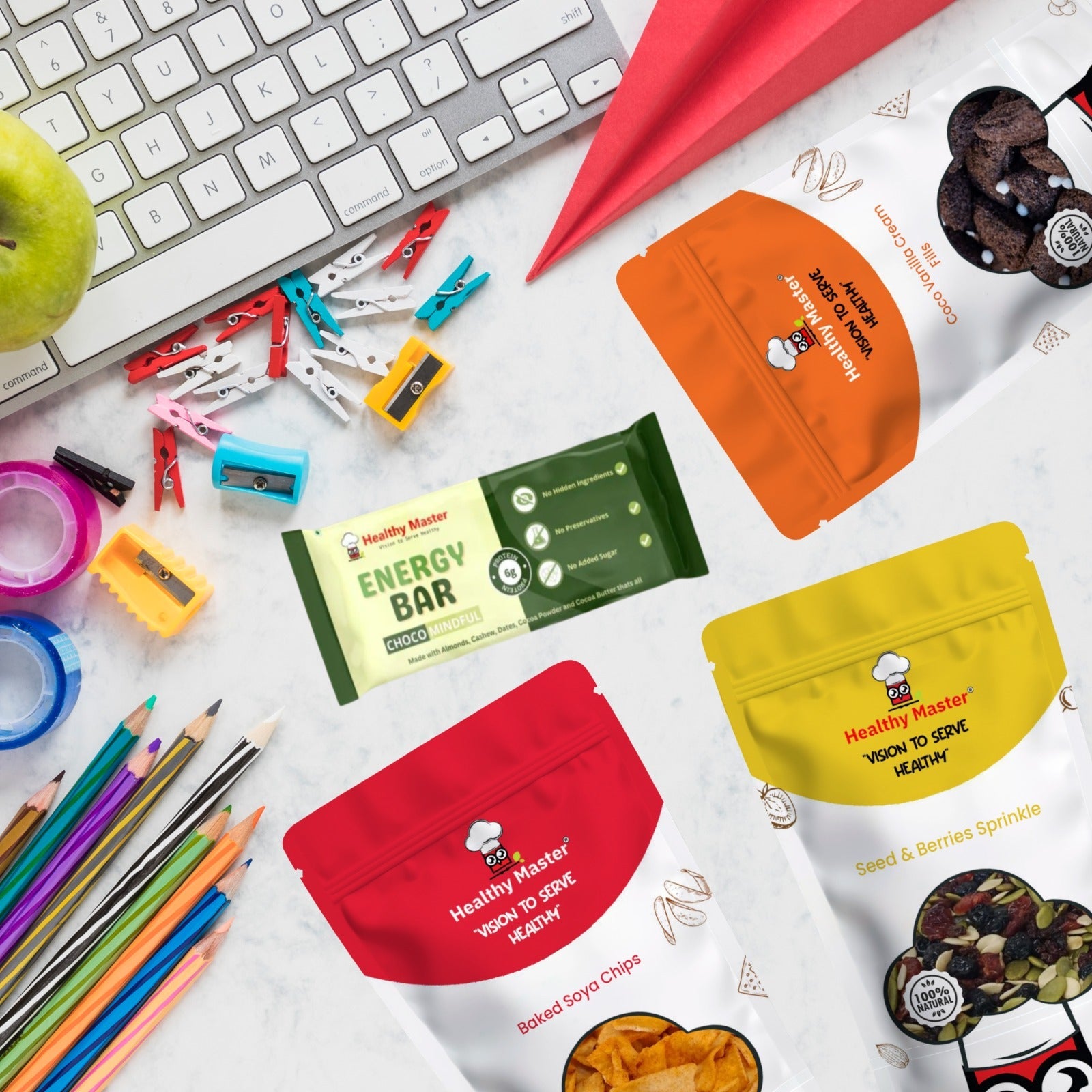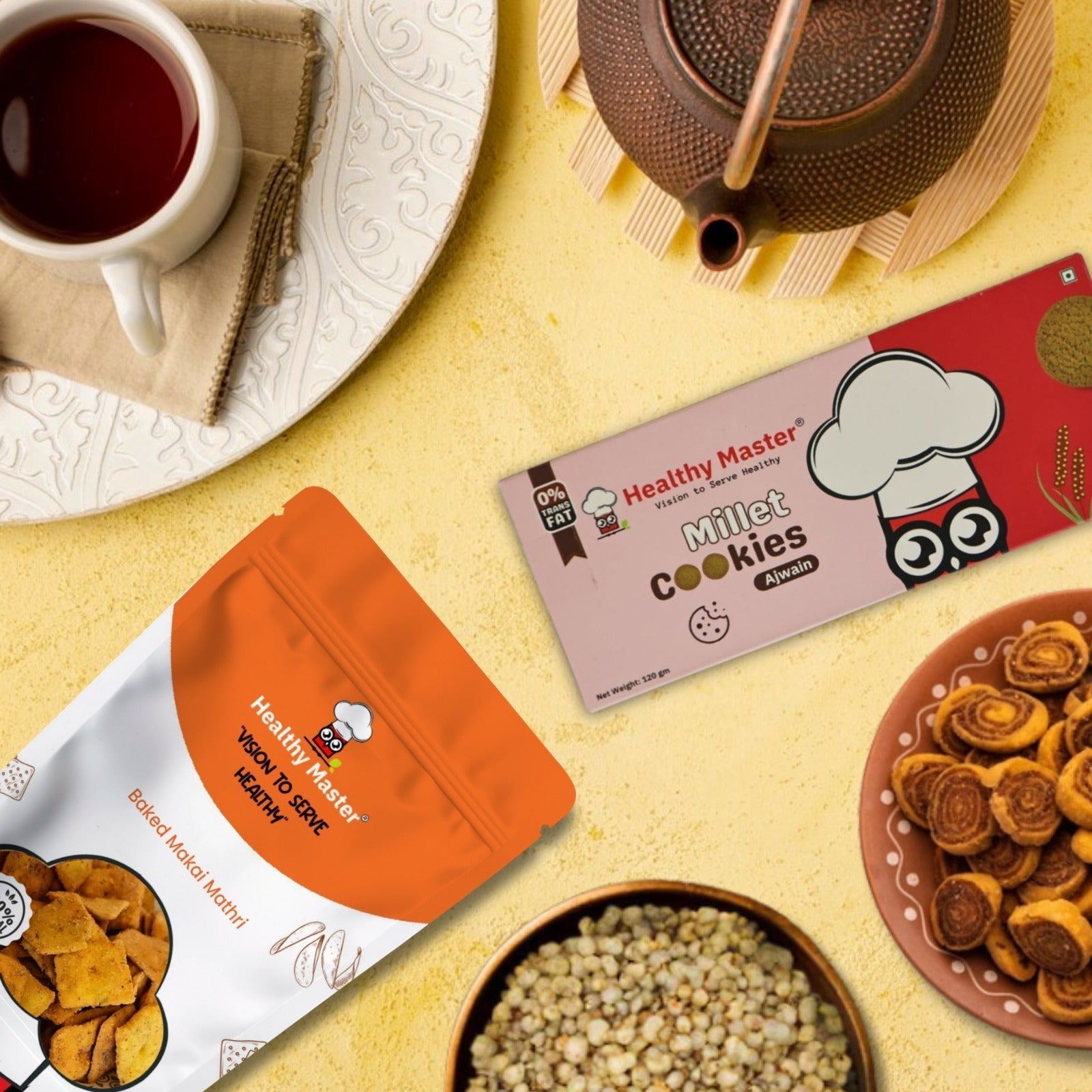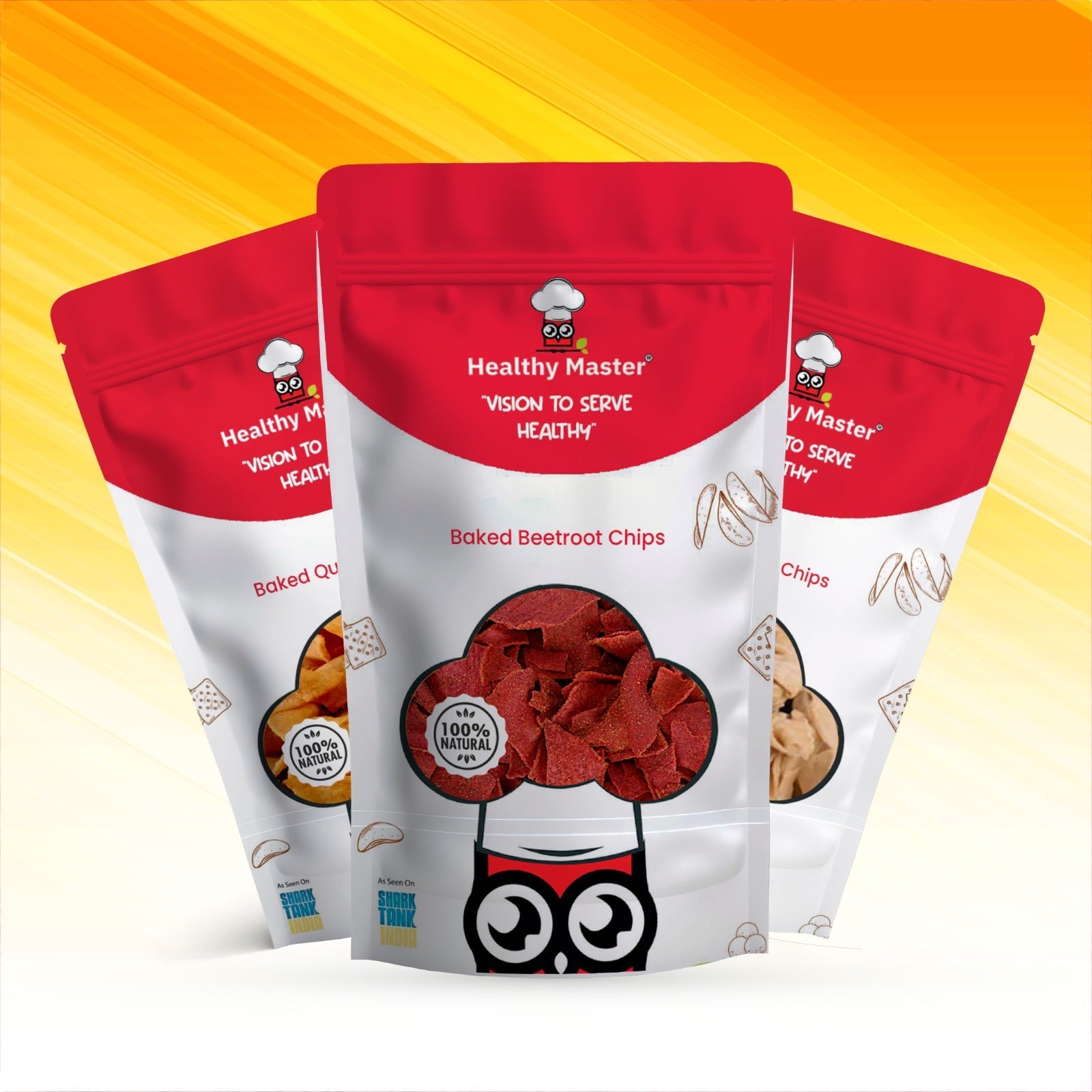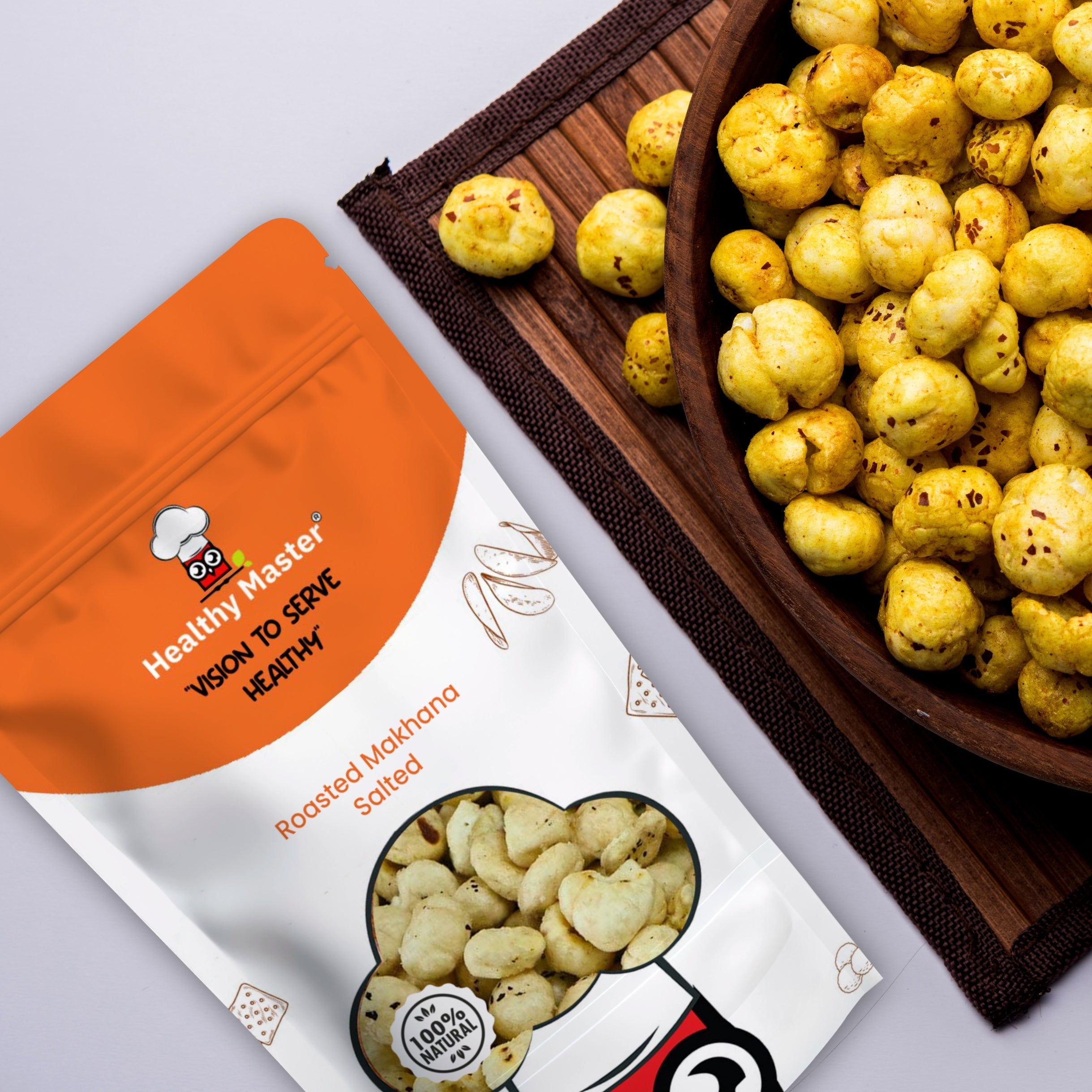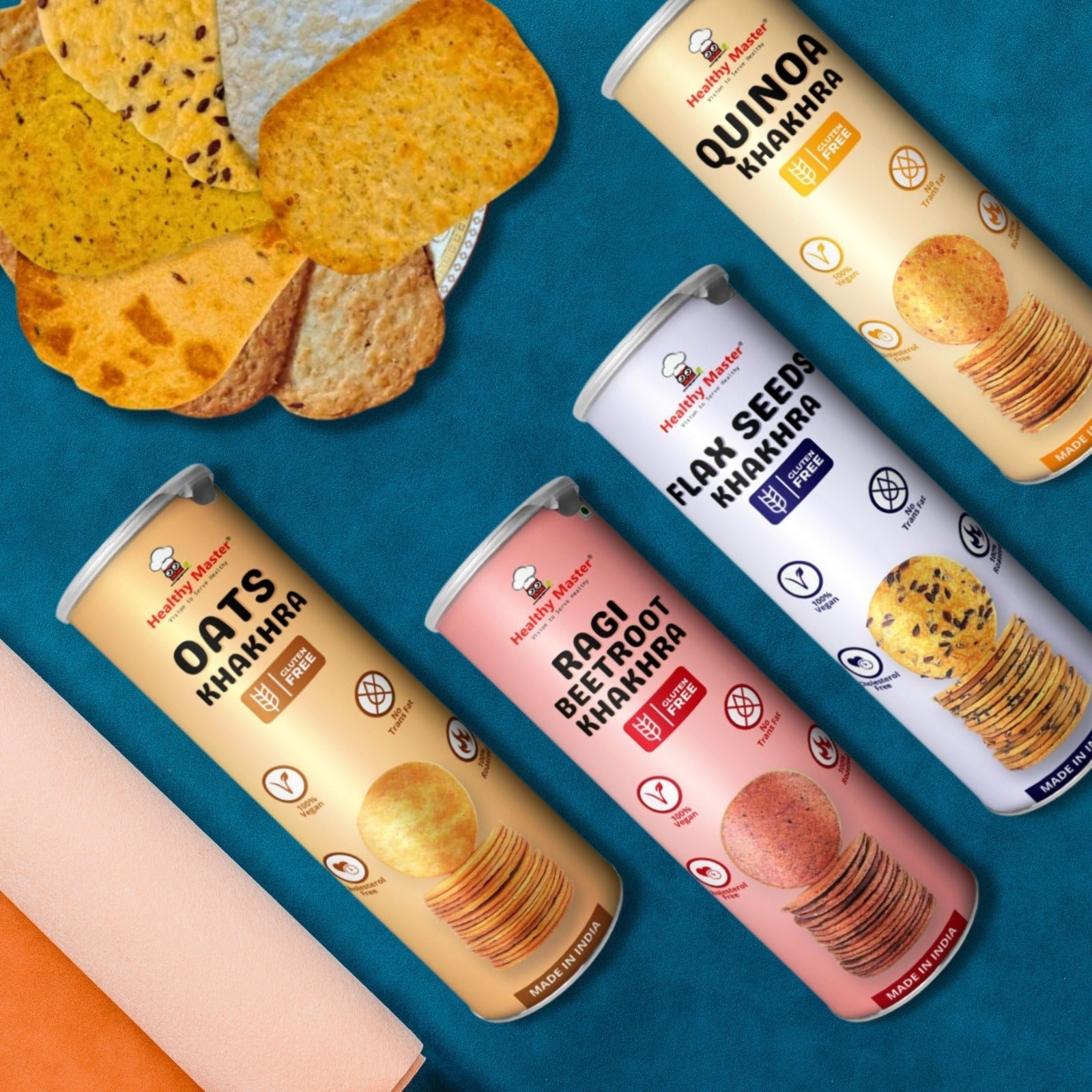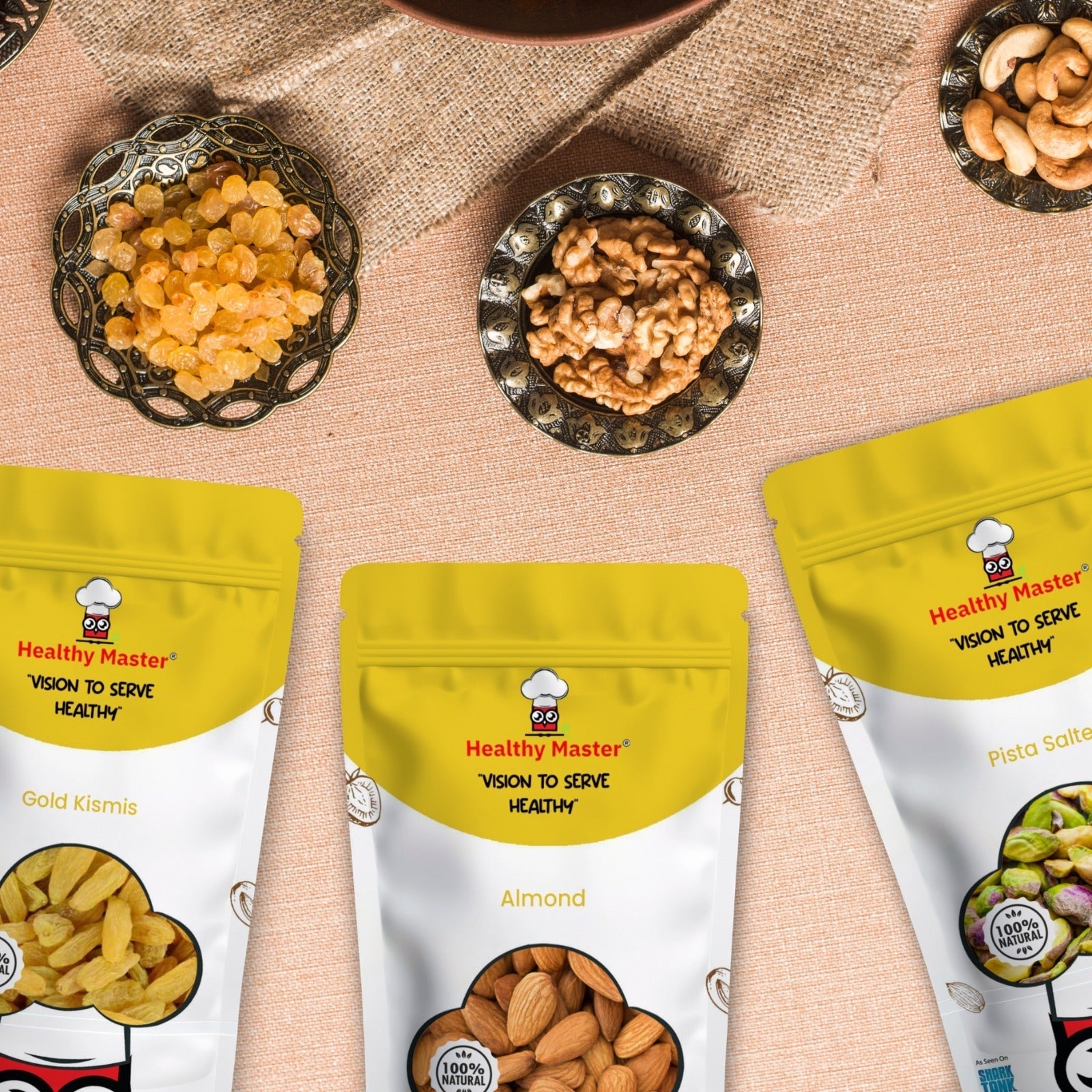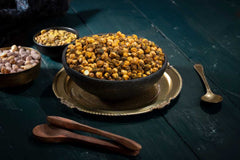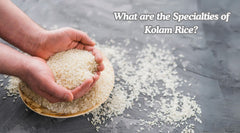“Gluten-free,” a term once confined to medical conversations, has now become a buzzword across Indian households. But what does it truly mean? Gluten is a type of protein found in grains like wheat, barley, and rye. It’s what gives dough its soft, stretchy texture and helps bread hold its shape. However, for some individuals, this same protein can trigger digestive discomfort, bloating, inflammation, or even autoimmune reactions such as celiac disease.
Globally, the gluten-free movement began as a medical necessity but has now evolved into a broader wellness and lifestyle trend. In India too, gluten-free snacking has taken center stage, from millet-based crackers to chickpea puffs as more people explore mindful eating, better digestion, and weight management.
According to nutritionists, the growing popularity of gluten-free snacks in India highlights a larger shift: consumers are becoming more aware of food sensitivities and the importance of gut health. Whether motivated by medical reasons or to feel lighter and healthier, Indians are increasingly turning to gluten-free alternatives that offer both taste and nourishment.
In this blog, we’ll explore why gluten-free snacks are popular in India, the benefits of a gluten-free diet, the nutritionist’s perspective on its pros and cons, and how to make smarter choices when it comes to gluten-free snacking.
Snack smart with Healthy Master and discover a world of wholesome, guilt-free treats made from nature’s best ingredients.

Gluten Intolerance & Celiac Disease in India
Celiac disease, an autoimmune condition where gluten damages the small intestine, was once considered rare in India. But recent studies show that nearly 1 in 100 Indians may have celiac disease, while many more experience non-celiac gluten sensitivity.
The challenge? Gluten intolerance often goes undiagnosed because symptoms like bloating, fatigue, and brain fog can be mistaken for general digestive issues. As awareness grows, more Indians are getting tested, and gluten-free diets are gaining medical as well as mainstream attention.
Moreover, with India’s heavy reliance on wheat-based foods like rotis, parathas, and biscuits, gluten exposure is high. For people with intolerance, switching to gluten-free snacks such as millet chips or roasted seeds provides relief without compromising taste or nutrition.
Drivers Behind the Popularity of Gluten-Free Snacks in India
So, why are gluten-free snacks in the market becoming a favorite among Indian consumers, even those without diagnosed gluten sensitivity? Here are the main drivers:
1. Rising Health Awareness
Modern Indian consumers are reading labels, researching ingredients, and making informed choices. The shift toward gut-friendly, anti-inflammatory foods has propelled gluten-free snacking into the spotlight.
2. Increased Diagnosis of Gluten Sensitivity
As medical practitioners and dietitians recognize the symptoms of gluten intolerance, more people are advised to try gluten-free diets.
3. Millet Revival
The Indian government’s push for millets, celebrated as the “Smart Foods” of the future, has given gluten-free eating a local, sustainable edge. Millets like jowar, bajra, and ragi are naturally gluten-free and nutrient-rich, making them perfect for snack formulations.
4. Global Wellness Influence
Social media trends, celebrity endorsements, and global wellness movements have also played a role. Influencers often promote gluten-free living as a route to better digestion, glowing skin, and sustained energy, and urban India is taking note.
5. Convenience & Variety
Healthy brands like Healthy Master are creating convenient, tasty gluten-free snack options, millet noodles, seed mixes, and protein-rich treats that fit modern lifestyles. The variety makes gluten-free eating less restrictive and more enjoyable.

Nutritional Pros & Cons (Nutritionist’s Take)
From a nutritionist’s perspective, let's see the pros and cons of Gluten-free. can be both beneficial and challenging, depending on how they’re followed.
Pros: Benefits of a Gluten-Free Diet in India
-
Improved Digestion: Many people report reduced bloating, gas, and stomach discomfort after eliminating gluten.
-
Better Gut Health: Avoiding gluten may help balance the gut microbiome in those with sensitivities.
-
Anti-Inflammatory Benefits: Gluten-free diets can reduce systemic inflammation, improving overall energy and skin health.
-
More Whole Grains & Fiber: When gluten-free snacks are made from millets, quinoa, or brown rice, they offer superior fiber and micronutrient profiles.
Also Read: 10 Healthy and Filling Gluten-Free Salad Recipes.
Cons: Challenges to Watch Out For
-
Nutrient Deficiency: Many gluten-free products are lower in iron, B vitamins, and fiber if made with refined flours.
-
Processed Snack Trap: Not all gluten-free snacks are healthy; some are high in sugar or fat to compensate for texture loss.
-
Cost Factor: Gluten-free snacks often cost more due to specialized ingredients and manufacturing.
-
Social & Cultural Barriers: In India, where wheat dominates daily diets, maintaining a strict gluten-free routine can be socially challenging.
Nutritionist’s Tip: A gluten-free Product is not automatically healthier; it’s only beneficial when based on whole, balanced ingredients rather than processed alternatives.

What Counts as a Good Gluten-Free Snack (What to Look For)
When choosing gluten-free snacks, focus on nutritional quality, not just the gluten-free label. Here’s what to look for:
-
Whole-Grain Bases: Prefer snacks made with millets, quinoa, or brown rice instead of potato starch or cornflour.
-
Natural Sweeteners: Choose jaggery or dates over refined sugar.
-
Healthy Fats: Look for snacks with nuts, seeds, or olive oil instead of hydrogenated oils.
-
Fiber-Rich Ingredients: Opt for snacks that include lentils, legumes, or seeds for better digestion.
-
Minimal Additives: Fewer preservatives and artificial flavors indicate cleaner, healthier products.

Popular Gluten-Free Snack Choices in India
Thanks to the gluten-free snacking trend in India, you can now find a variety of delicious options both online and in stores. Some top picks include:
-
Millet Chips: Crunchy, guilt-free snacks made with jowar, ragi, or bajra.
-
Roasted Makhanas: Naturally gluten-free and high in protein.
-
Seed Mixes: A blend of sunflower, pumpkin, and flax seeds for omega-3s and minerals.
-
Chickpea or Lentil Puffs: Rich in protein and fiber, great for kids and adults alike.
-
Millet Noodles or Pasta: Healthy alternatives to traditional wheat-based versions.
-
Rice Crackers or Khakhra: Khakhra Light, crispy, and versatile options for evening tea.
Brands like Healthy Master are leading the way with innovative millet-based and seed-based snacks that are not only gluten-free but also nutrient-dense and flavor-packed. That's why gluten-free snacks are also for kids.

How to Incorporate Gluten-Free Snacking Wisely
Switching to gluten-free snacks doesn’t mean overhauling your diet overnight. It’s about balance and mindfulness. Here’s how to do it right:
-
Start Gradually: Replace one or two daily snacks with gluten-free versions.
-
Pair Smartly: Combine gluten-free snacks with protein-rich foods like yogurt or nuts to enhance satiety.
-
Plan Ahead: Keep portable gluten-free options handy for the office or travel to avoid unhealthy temptations.
-
Stay Hydrated: Gluten-free diets often increase fiber intake, so adequate water is essential.
-
Watch Labels: Not all gluten-free products are healthy — read ingredients carefully.
Pro Tip: Instead of focusing on restriction, think of gluten-free eating as an opportunity to explore India’s rich heritage of millet-based and legume-rich foods.
Also Read: Gluten-Free Millet Snacks for Kids.

Conclusion
The growing love for gluten-free snacks in India reflects more than a passing trend; it’s a sign of evolving food consciousness. Indians today are embracing foods that align with better digestion, mindful eating, and local nutrition wisdom.
From a nutritionist’s perspective, gluten-free diets can offer real benefits when based on wholesome ingredients like millets, legumes, and seeds. However, one should avoid assuming that “gluten-free” equals “healthy.” It’s the quality and balance of your choices that truly matter.
As gluten-free snacking continues to gain popularity, brands like Healthy Master are setting new benchmarks by making these options tasty, affordable, and nutritionally rich. Whether you have gluten sensitivity or are simply exploring new ways to eat better, gluten-free snacks can be a smart addition to your wellness journey.
When taste meets nutrition, Healthy Master brings you the perfect balance from protein-rich bites to crunchy, flavorful snacks.
Also Read: How to Decide if a Gluten-free Diet is the Right Fit For You.

Frequently Asked Questions
1. Do gluten-free snacks help with digestion?
Yes, especially for those with gluten sensitivity or mild intolerance. They can reduce bloating and improve gut comfort.
2. What is the difference between celiac disease and gluten sensitivity?
Celiac disease is an autoimmune disorder, while gluten sensitivity causes symptoms without intestinal damage.
3. Are all gluten-free snacks healthy?
No. Some processed gluten-free snacks may be high in sugar or unhealthy fats. Choose whole-grain or millet-based options.
4. Can someone without gluten intolerance benefit from gluten-free snacks?
Yes, if they’re nutrient-rich and made from whole ingredients, but there’s no medical need to avoid gluten otherwise.
5. Are gluten-free snacks more expensive in India? Why?
Yes, due to specialized sourcing, certification, and smaller-scale production.
6. What nutrients might be missing if one cuts out gluten?
Primarily vitamins B, iron, and fiber, which can be replaced by eating millets, lentils, and seeds.
7. Is millet a good substitute for wheat in snacks?
Absolutely. Millets like jowar and ragi are rich in fiber, calcium, and protein — perfect gluten-free alternatives.
8. How to avoid cross-contamination with gluten at home?
Use separate utensils and toasters for gluten-free foods, and store them in airtight containers away from wheat products.
 Deal of the week : Trial Snack Box - 18 Wholesome Delights Just at ₹ 899.00
Deal of the week : Trial Snack Box - 18 Wholesome Delights Just at ₹ 899.00

